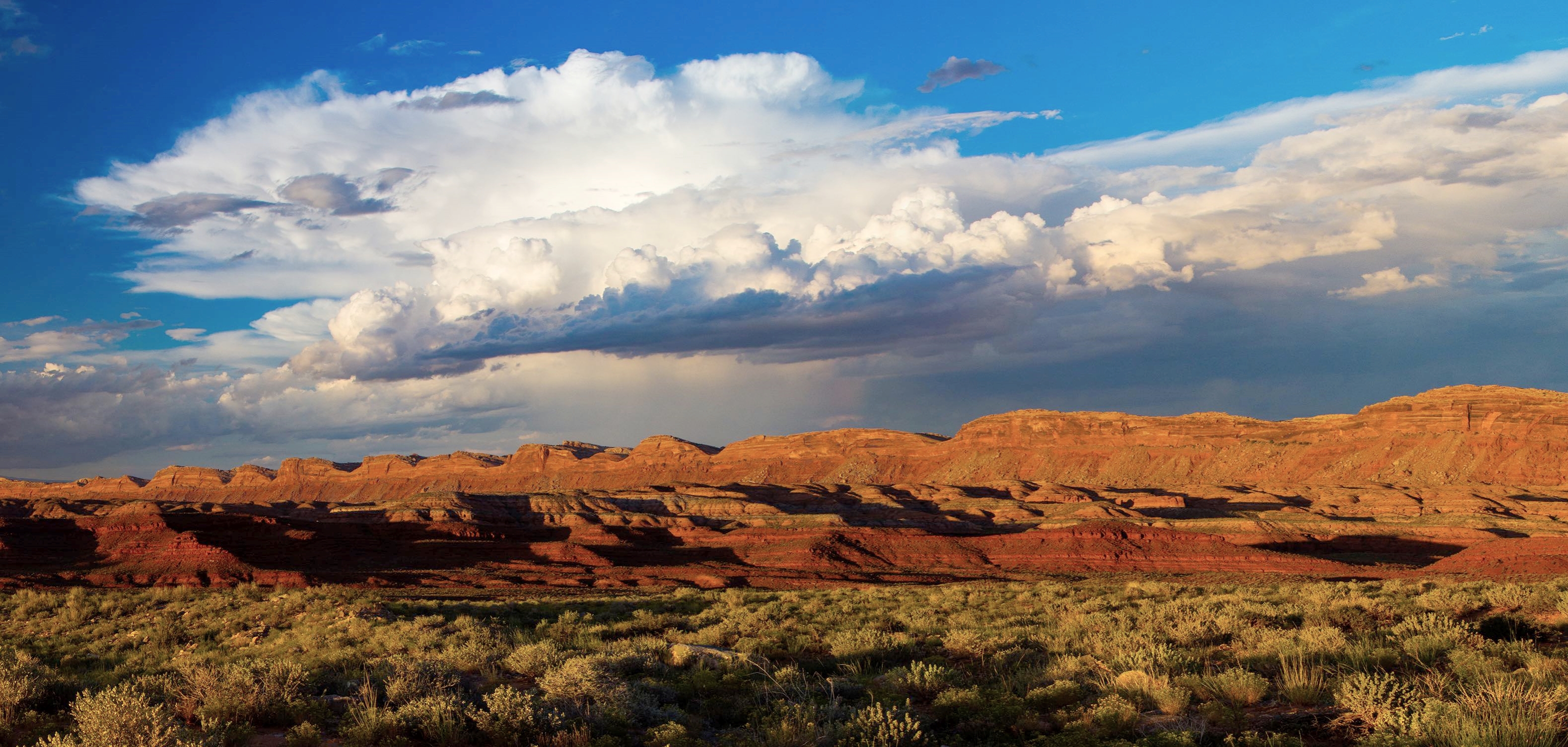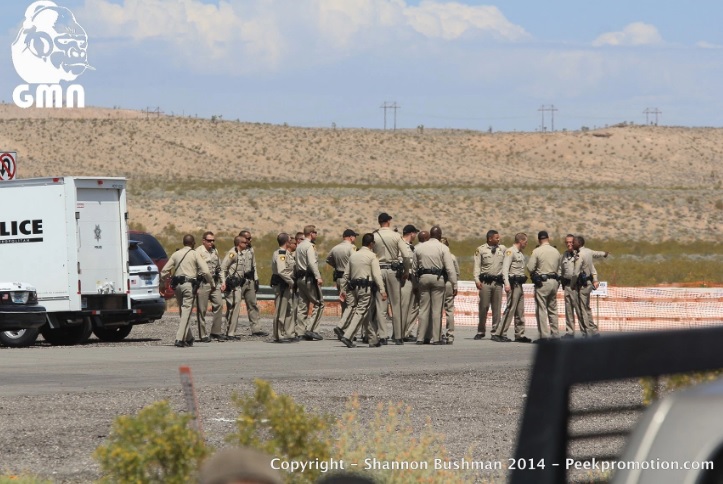While environmentalists like SUWA board member Terry Tempest Williams insist that monument opposition is a “Big Oil” conspiracy, the facts indicate otherwise. While energy potential exists near the monument, federal land managers, geologists and most local residents agree that opportunities for commercially recoverable oil are low inside it.
Jim Stiles
Op-ed: Bears Ears — missing facts and misconceptions
The Bears Ears National Monument controversy continues unabated, and President Trump’s visit to Utah is sure to keep the fires burning. Media coverage has been dominated by the agendas of mainstream environmentalists and the corporate recreation industry.
But opinions on this issue need to be based on the best and most accurate information available. Consider these common misconceptions and some badly needed facts:
Monument status is essential to protect the region’s priceless archaeology.
It’s repeated ad nauseum on social media and it is false. National monuments are created via the 1906 Antiquities Act, but that law was hopelessly weak. In 1979, Congress passed the “Archaeological Resources Protection Act” to address those shortcomings. Former BLM Grand Gulch ranger Lynnell Schalk noted in “Archaeology” magazine that the Antiquities Act “was a slap on the wrist. With the passage of ARPA, the looting and trafficking of archaeological resources was given a felony provision.”
The monument was already federal land, protected by ARPA. We know funding is critically limited. Concentrate resources to enforce that law.
Without monument status, Bears Ears will be decimated by energy extraction.
Again, false. While environmentalists like SUWA board member Terry Tempest Williams insist that monument opposition is a “Big Oil” conspiracy, the facts indicate otherwise. While energy potential exists near the monument, federal land managers, geologists and most local residents agree that opportunities for commercially recoverable oil are low inside it. Even the Grand Canyon Trust admits that “the uranium mining boom in southeast Utah has long since passed, and oil and gas are not resources that exist in high quality or great quantity in Bears Ears.”
Likewise, there are still a few monument opponents who believe there are profitable resources to be extracted from it. I believe they’re also mistaken.
[paypal_donation_button]
Free Range Report
[wp_ad_camp_3] [wp_ad_camp_3] [wp_ad_camp_3]
[wp_ad_camp_2]



